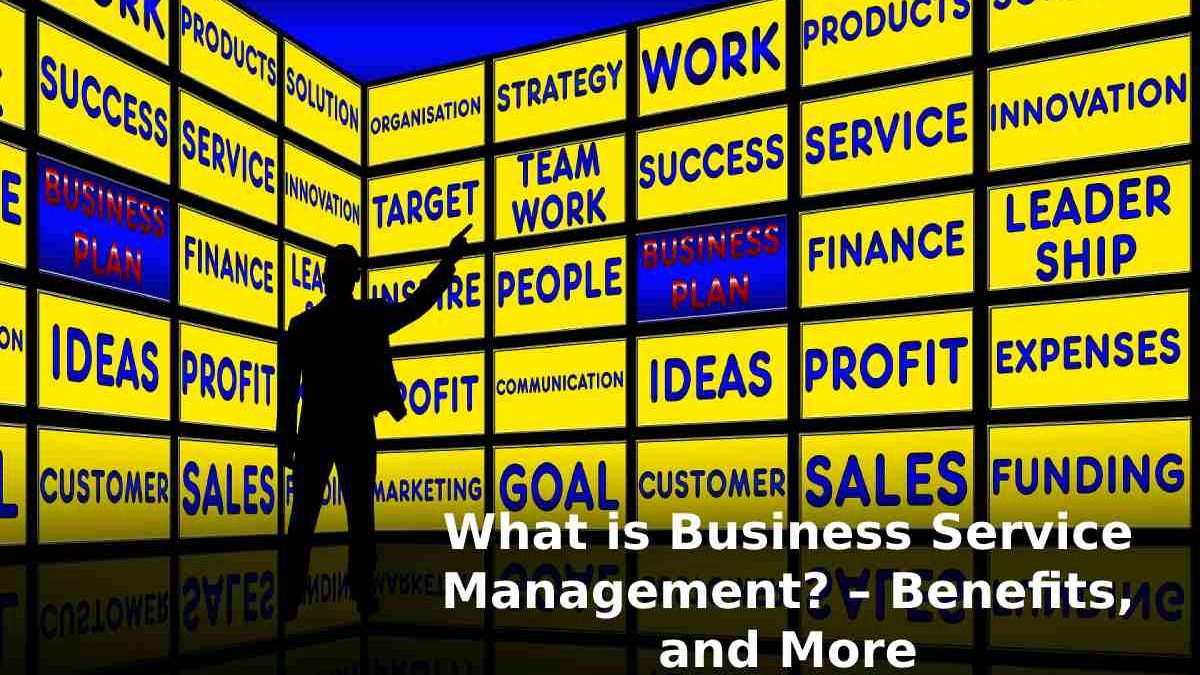Table of Contents
What is Business Service Management?
Business service management might seem like a new concept to you, but it isn’t. Service management had its beginnings in the ’80s with the birth of best practices in IT service management, known in English as ITSM (Information Technology Service Management); however, for many decades, it has been linked and associated to the areas of Information Technology only.
We are in the new era of the digital world, technology has evolved very quickly, and companies need to keep up to date during project discovery phase and take advantage of the benefits offered by recent trends.
IT Service Management Vs. Business Service Management

ITSM is created to manage and provide IT services to its clients. But the ITSM strategy does not apply to organizational processes beyond IT. That is a big fundamental difference between ITSM and ESM.
BSM brings these service management strategies to the rest of the business, applying them to business teams beyond IT. BSM has the same goals of improving service efficiency and efficiency, supporting business needs, and increasing user satisfaction.
The Benefits of Implementing a Business Service Management
Companies implement business service management processes and tools for the same reasons they undertake most of their strategic initiatives: productivity, efficiency, and quality. Because ESM is customer-centric and operationally based, it has been proven to bring significant and measurable benefits to organizations that adopt it. Among the most outstanding benefits are the following:
Sustainable Value
Tracking incidents as they move through the various support teams is complex and can lead to end-user frustration. Help desk software provides a single place to manage incidents, from when they are reported to when they are resolved.
Reduction in Delivery Costs
Help desk software can provide more user independence and self-service capabilities, along with the ability to access support resources from anywhere (via mobile tools and web interfaces). Simply put, it puts more tools in the hands of the user and reduces the workload on support staff.
Higher Quality Services
It enables more excellent responsiveness, efficiency, and consistency in your helpdesk operations, giving you the ability to support a more extensive and more diverse business or IT ecosystem.
Greater Internal Alignment in the Company
It functions as actionable intelligence that helps your association manage the evolving challenges of delivering effective service in increasingly complex environments. Offer your teams a detailed view of your infrastructure and its dependencies with diagnostic data, performance information, and relevant insights.
More Informed Decisions
Provides greater operational visibility. When it is clear what each area must do, and there is transparency in the way the service is being provided, it is easier for managers to make better-informed decisions and exercise leadership with a more significant impact on the organization.
How do i Start Business Service Management?
Enterprise service management can be virtually extended to the entire organization. Here are some common examples:
- Human resources (HR):Handle recruitment and selection requests, training requests, salary inquiries, new employee onboarding, coordinating with outplacement groups, and more.
- Information technology: Manage all requests for support, technology equipment, software, system access, and any ITIL process.
- Shopping: Manage and automate all purchase requests, suppliers, quotes, office supplies, and much more.
- Creative and marketing teams: Handles requests for graphic design, campaigns, launches, and new updates to the website.
- Finance and accounting: Manage expense approvals, payment tracking, reporting requests, and recurring tasks.
- Facilities: Manages all repairs, office relocations, and also, furniture needs requests.
- Legal Services: Handles contract requests, review, document approval, and certifications.
- General Administration: Manage requests for office supplies, messaging, cleaning, among others.
- Support and Customer Service: Provide support and answers to your customers’ queries anywhere.
How does Java Help the Management of Business Services?
Java is a platform for digitalization and automation of business processes and services, created specifically for implementing business service management throughout the organization. Javier is a unified and centralized platform that incorporates:
- Collaboration
- Digitization
- Workflow automation
- remote work
Organizations require unified solutions for collaboration, integration, and also, business growth—no more isolated areas and functions. Java is a platform that empowers employees and also, teams to achieve better results together from anywhere.
What is a Business Service Management Software?
Business service management is a category of business management software often offer as a platform or suite of integrated applications intended for an organization to support its ESM processes’ various data and also, aspects. Because that involves a lot of data, having an ESM software solution is essential to help capture, manage and analyze critical data for service delivery and manage the company’s service portfolio. For example, the BSM software solution must provide a comprehensive view of the main processes related to the provision of services, the tracking of resources (people, parts, assets, and other components) that the organization will use, as well as the status of any customer requests or commitments (service requests, orders, SLAs, contracts, etc.). Many ESM solutions also include workflow management, knowledge management, and self-service capabilities for various stakeholders.
Conclusion
Business service management (BSM) remains an approach to overseeing information technology that emphasizes giving IT offerings a portion of the larger enterprise strategy and also, providing IT resources based on understanding the business’s most pressing needs.

